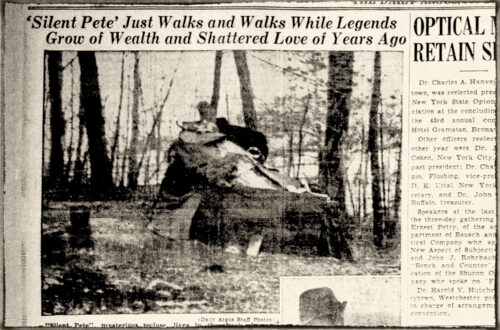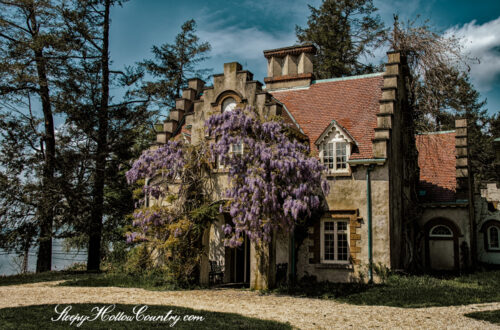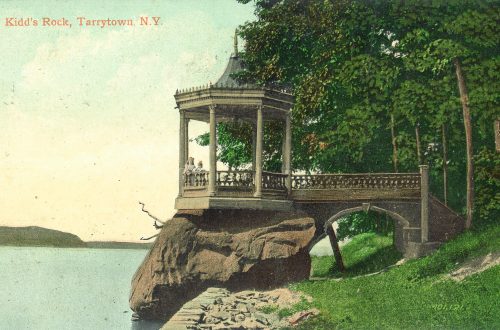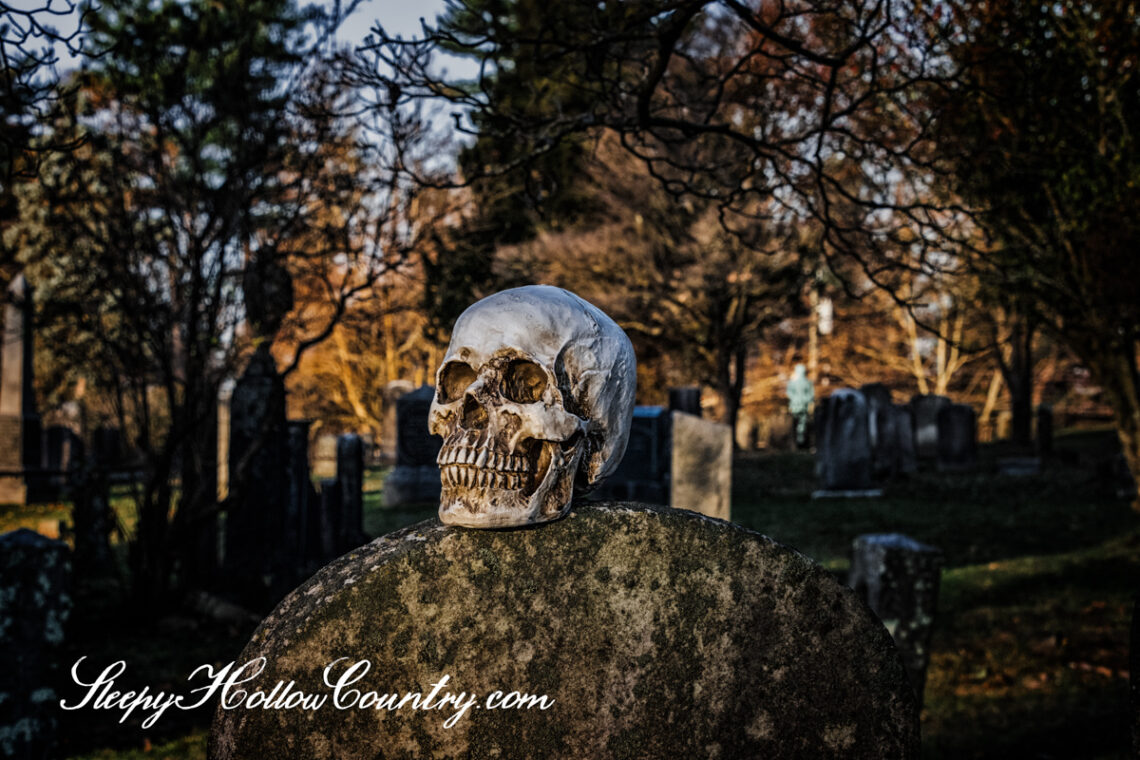
Ghoulish Jokester Robs a Grave
“Echoes of Ichabod Crane’s ghost stories in the Tarrytown cemetery led to the discovery early today that some one had removed a skull from a pauper grave and placed it on top of a tombstone in the conventionally gruesome manner.”
-The Washington Times, May 25, 1929
One night in May 1929 a person passing through the hamlet of East View received quite a jolt at the sight of a human skull atop a tombstone in the county poorhouse cemetery. Not bothering to give his name, the individual reported to Town of Greenburgh police that a ghost was roaming the cemetery. Sergeant Dunkel investigated and found the skull placed on top of the tombstone of a collapsed grave.
Dunkel duly reported his gruesome discovery to L. G. Thompson, assistant superintendent of the county poorhouse, who determined the grave had naturally subsided and that some passerby had noticed and taken out the skull as a sick prank. County records revealed the grave was that of an unidentified man who was killed in Pelham and buried on April 30, 1918.
The ghoulish jokester was apparently never apprehended and we presume the skull was reunited with the rest of its body.

The Westchester County Poorhouse
Alas, the county poorhouse and its cemetery exist no longer. What exactly was a county poorhouse (alternately referred to as an almshouse) and what happened to Westchester’s? In 1824, New York State legislation mandated each county in the state purchase tracts of land not to exceed 200 acres on which to construct buildings suitable for housing the poor and destitute. Westchester County’s first almshouse opened its doors in the Town of Mt. Pleasant in 1828. It was situated just north of a bend in the Saw Mill River at the East View rail road depot. Its cemetery was just south of the depot in the Town of Greenburgh.
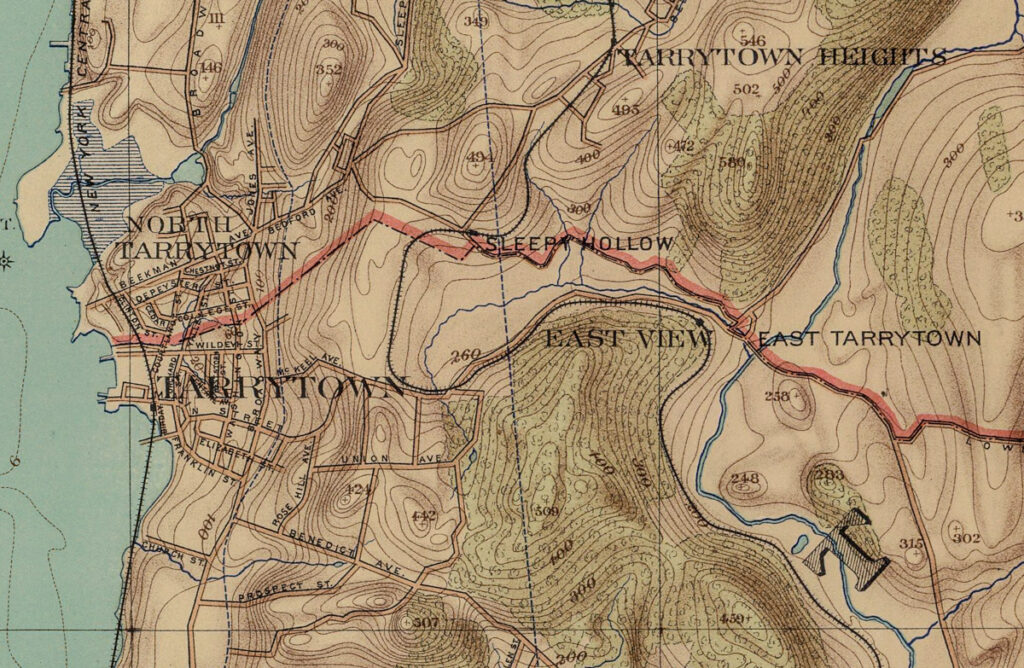
In 1900, Westchester purchased nearby Grasslands Farm and built a hospital and a new home for the poor, which it operated as the County Home until after the Depression. The former poorhouse was demolished and its site is now occupied by utility company ConEdison’s Eastview service center. Sometime after 1920 the county discontinued burials at the almshouse cemetery in favor of a location about a mile east on the Grasslands Reservation. Weschester County Archives indicate the newer public burial ground was active from 1927 to 1971.
In the 1930s the Saw Mill River Parkway was extended from Route 119 in Elmsford to Chappaqua. Rather than relocate the graves of the old county almshouse cemetery, it was covered with more than 20 feet of earth and the parkway routed over it.
All that remains of the county poorhouse and its cemetery is the name of a street in Sleepy Hollow: County House Road, which runs between Bedford and Tower Hill Roads.


